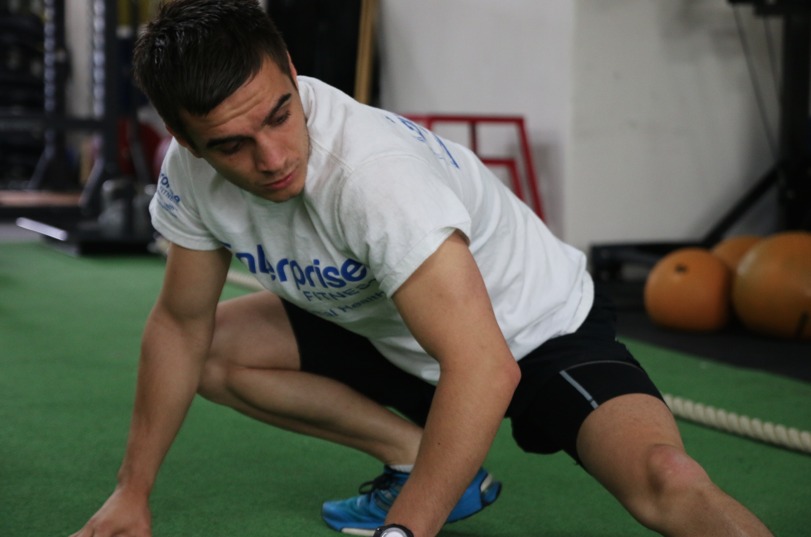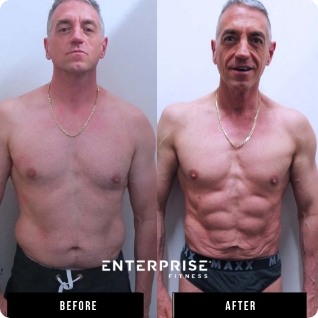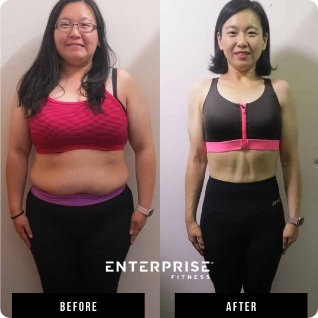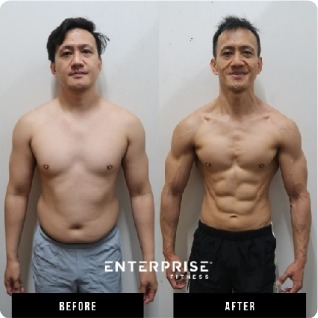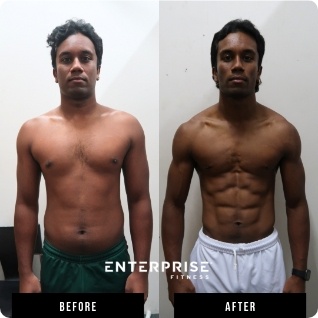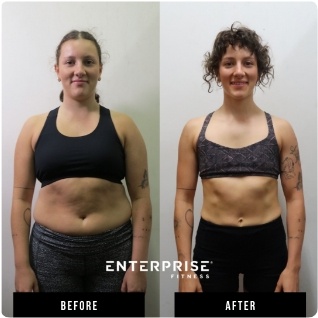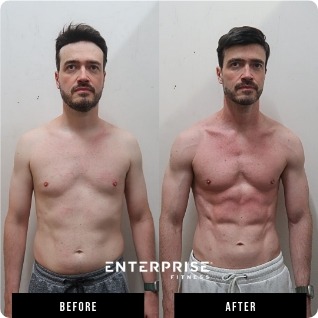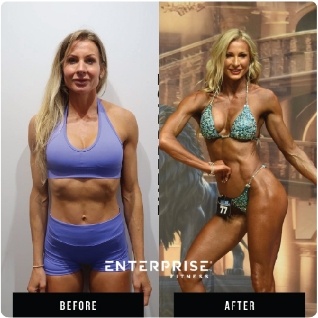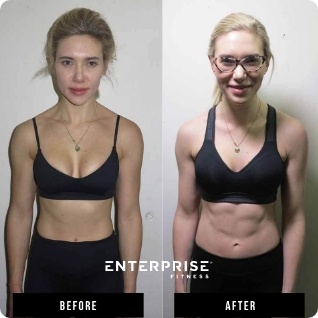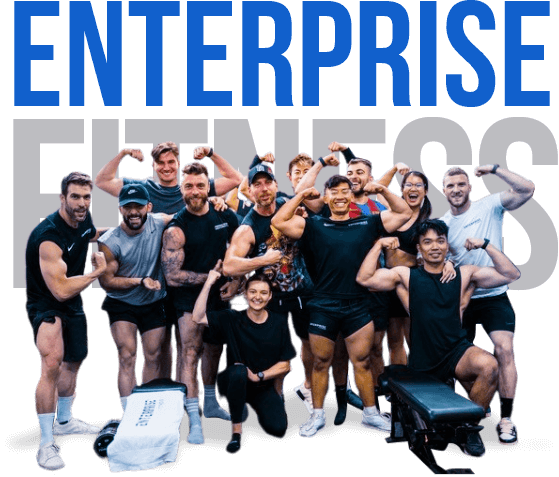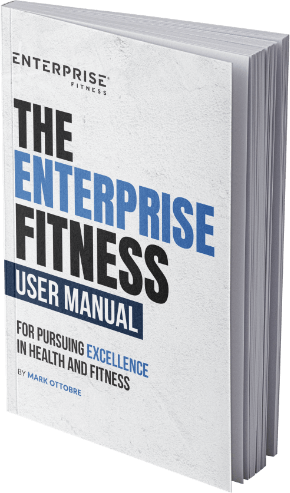This week Mark answers the question, “What’s the best style of training for a client who is new to the gym?” Watch the video, ‘like’ it and leave a comment to let us know what you think.
https://www.youtube.com/watch?v=S4qk5Slnrp8
If you would like further information about training with Mark or a member of the Enterprise Fitness team, email [email protected] or call 1800 887 143.
Stay up to date! Subscribe to the Enterprise Fitness YouTube channel and ‘like’ Enterprise Fitness on Facebook. Download your free eBook ‘Eat Your Way to Abs’ at the main page of the Enterprise Fitness website.
When training a client who is new to the gym, the first thing you want to start with, and address is mobility. Often overlooked, having adequate mobility is important for all clients from beginner to advanced. Reason being that in any movement you perform in the gym, you want to make sure you have sufficient mobility, and then some to perform that movement. This works to reduce any chance of injury, and obviously prolong the career, and training age of that client.
If you don’t have the mobility in your thoracic spine, your back and your hips to hold the correct position while squatting, you really can set yourself up for niggles, or to cause more serious injury. If you’re swaying to one side in a squat or bench press, it will have an effect, maybe not immediately, but definitely down the road in the form of an injury, or just simply not being able to surpass the next weight and move forward with your training.
Addressing the mobility of your clients from the get go, particularly with beginners and particularly with the beginner client who sits predominately, 8, 9 hours, and up to 11 hours at a desk each day. With these clients, their hips and joints will be very closed. So first we must address the joints. Once we make the joints healthy, then we can really start to train the muscles and train them to the best of our ability.
Now, it was Andre Benoit, a friend, a mentor and a teacher of mine, who said, first we teach people how to move, then we teach people how to lift, and then you train them hard, which to me makes perfect sense. You want your clients to first, be able to do all the movements completely unloaded before you can trust them with a barbell in their hands. What this means, is that if someone can’t hold a bodyweight squat in the upright position for 30 seconds, they don’t ‘have a right’ to use a barbell.
To sum things up, when training a client who is new to the gym you must first have them master their own body before you, as their trainer start to load these movement patterns. Your coaching really needs to be of a progressive nature, making sure that the joints are able and capable to handle heavier loads, as well as an impending progressive overload.
Mark Ottobre
